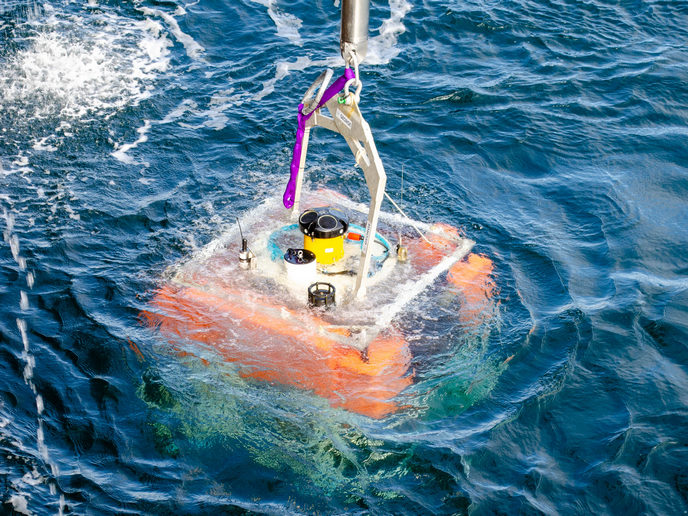Species distribution and climate change
Species distribution models (SDMs) are used to statistically link species occurrence data with climate data to discover the effect of a changing climate on species. However, although they are extremely powerful tools, their coarseness of scale could miss small-scale processes. Therefore, the models need to be carefully calibrated and checked. The 'Creating conditions for persistence of biodiversity in the face of climate change' (ECOCHANGE) project investigated the impact of global warming on biodiversity using records of ancient climates. Research was also carried out into the effect of the physical landscape on the presence of vegetation at the local scale in order to understand the effect of climate change on fragmented populations. ECOCHANGE proposed to validate the SDMs by using remote sensing data and a new continental plant macrofossil dataset to calibrate them. The models were then checked using past data. As such, the Quaternary fossil record, from about 2 million years ago to the present, is vital to understanding the mechanisms that have allowed species to persist in the face of a changing climate. Research also delved into the effect of local variables in treeline advancement, where trees growing on mountains spread to higher altitude as the result of a warmer climate. However, factors other than climate can affect the presence of vegetation within a landscape. This is especially true at the local scale, enabling the survival of fragmented populations, thereby influencing predictions made by SDMs. Woody plants in the northern Eurasian Tundra were also studied and the results showed a significant effect of summer temperature on shrub dynamics at the regional scale. They also revealed the effect of changes to permafrost on the spread of tall shrubs currently occupied by dwarf shrubs. The ECOCHANGE project also collaborated with a number of research institutes. This collaboration included a vegetation model for northern Eurasia based on pollen data and the influence of grazing reindeer on Tundra vegetation dynamics. Data from ECOCHANGE will help to provide better informed conservation and land management policies. In addition, they will provide firm evidence for or against existing strategies aimed at mitigating the effects of climate change.







